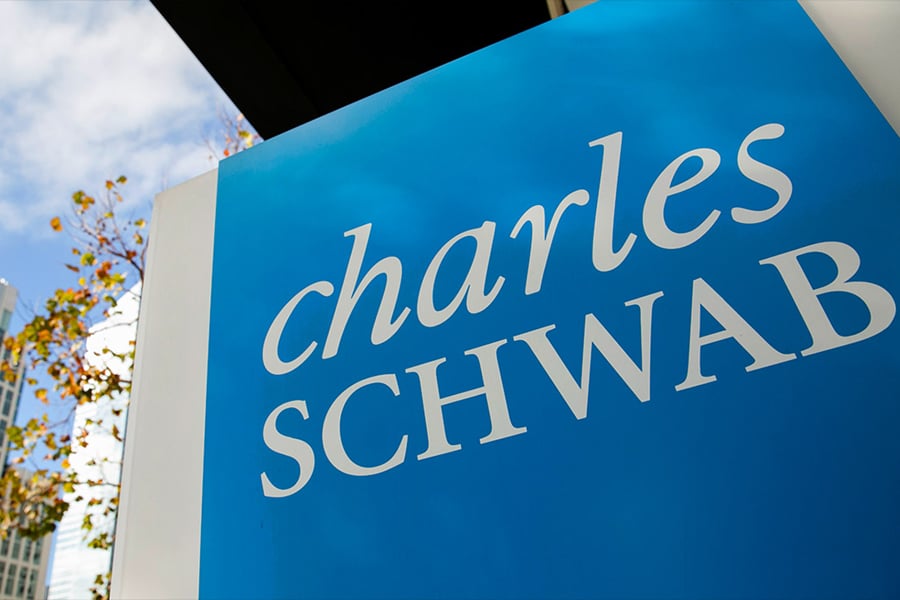With
Charles Schwab Corp.'s $26 billion acquisition of rival TD Ameritrade Holding Corp. officially confirmed, custodian firm competitors are coming out with their own spins on how a combined entity representing at least
half
of the industry's custodian market share is good news for other custodians.
"Consolidation accelerates the opportunity for us to capture market share and be a differentiated player," said Gabriel Garcia, senior vice president at ETrade Adviser Services, a $20 billion custodian serving 225 registered investment adviser firms.
Meanwhile, the
ground could be shifting beneath the feet of independent financial advisers if the combined Schwab-TD entity morphs into something that looks like the Walmart of financial planning.
The Schwab-TD deal, which is expected to be completed by the middle of next year, will combine more than 12,000 RIAs and more than $2.5 trillion of custody assets onto a single platform.
Exactly how that will work and what it will eventually look like is anyone's guess at this point.
Schwab and TD are telling RIAs to keep calm and carry on without making any sudden moves while the two platforms are being merged.
"This transaction is about scale and it certainly creates some disruption from the status quo," Mr. Garcia said. "It's very exciting for us because it's an opportunity to be a disruptor and an alternative choice."
Pershing Advisor Solutions, which has $760 billion in custody assets through 740 RIA relationships, also counts the Schwab-TD marriage as a win for certain custodian competitors.
"It creates a starker choice for advisers because the other custodians are retail-based and we've always been B2B," said Mark Tibergien, chief executive at Pershing.
In addition to the deal's potentially
putting thousands of RIA relationships in motion, Mr. Tibergien warned that there are other reasons advisers should be paying attention to the merger.
"This deal is more of a threat to the adviser business than it is to the custody business," he said, citing rough estimates that only about $600 million of TD's $5.8 billion annual revenue stream is attributed to the custody business.
"Schwab and TD will have a branch office on every corner and be in virtually every community," Mr. Tibergien said. "It's a wake-up call for advisers who, for whatever reason, never realized they've been feeding the monster that would eat them."
Fidelity Investments, which is one of the big four RIA custodians, along with Pershing, Schwab and TD, is also anticipating some market share gains from the consolidation.
"The deal represents an opportunity for us," said David Canter, head of the RIA segment at Fidelity Clearing & Custody Solutions.
"We're seeing a big increase in inbound calls from advisers," Mr. Canter said. "Advisers want to diversify their custody."
The Schwab-TD announcement comes less than two months after Schwab sparked a price war by
cutting brokerage commissions to zero.
The move was followed almost immediately by TD and ETrade and then by
Fidelity.
In the immediate wake of the October wave of commission cuts, industry watchers and insiders speculated that it would
lead to consolidation, but nobody called for a deal of this magnitude this quickly.
"It's not surprising to see Pac-Man-like consolidation in a market marked by zero commissions," said Cathy Seifert, an equity analyst covering the brokerage industry at CFRA.
As Ms. Seifert sees it, Schwab is likely not that interested in TD's custody business dominated by smaller RIAs, especially considering that TD relied on trading commissions for more than 34% of its annual revenues.
By contrast, commission-based revenue at Schwab amounted to less than 10% of total revenues.
"By virtue of TD's business model, old TD was the company most dependent on commissions," Ms. Seifert said. "Schwab was a force to be reckoned with to begin with, but this creates a powerful franchise."







